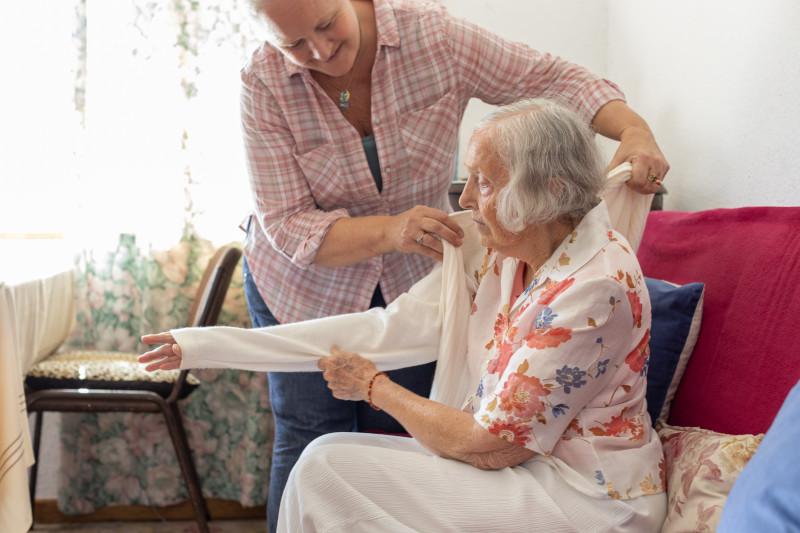Full Report (PDF)
Self-Direction
Self-direction is a model of long-term services and supports (LTSS) delivery that empowers older adults and people with disabilities and chronic conditions to decide for themselves how, when, and from whom they receive services and supports. Self-direction affords participants with more choice, control, and flexibility relative to other models of care and typically includes either or both employer authority and budget authority. While self-direction offerings vary nationally in the degree of control afforded to participants, all share the belief that people with disabilities understand their own needs best.
The 2023 Inventory
The National Inventory of Self‑Directed Long-Term Services and Supports Programs builds upon the 2023 LTSS State Scorecard and previous inventories and provides an overview of all publicly funded self-directed LTSS nationwide, including estimates of numbers of participants, populations served, funding sources, and other key variables. It also covers significant trends influencing the overall LTSS landscape, such as the well-documented national shortage of direct care workers.
Because this is the first inventory since the COVID-19 pandemic emerged in March 2020, it also reports on the pandemic’s effect on self-direction programs.
Findings
According to the 2023 Inventory, there are more than 1.5 million people who self-direct their LTSS. This represents a 23 percent increase since 2019. By comparison, enrollment grew by 17 percent from 2016 to 2019. Most states (44) reported an overall increase in self-direction enrollment and six of those states have more than doubled self-direction enrollment since 2019.
The pandemic accelerated the expansion of self-direction nationwide. States reported that self-direction uptake rates spiked during the early days of the pandemic due to a combination of factors, such as emergency Medicaid waiver amendments. Self-direction became critical to filling the void left by the widespread closure of day services and other supports across the country, and in many states helped family caregivers receive payment for the care they provide. It has also helped mitigate, but alone cannot entirely make up for, workforce shortages that pervade across LTSS.
States continue to undertake a variety of creative approaches to address workforce shortages, including expanding options for self-direction. At the same time, self-direction itself is becoming more embedded in many state LTSS programs as the model is increasingly adapted as an option within multiple types of program authorities rather than being isolated to a standalone waiver or state plan.
Overall, self-direction is a growing and increasingly critical component of our LTSS infrastructure that offers unique advantages for participants, families, and funders.
